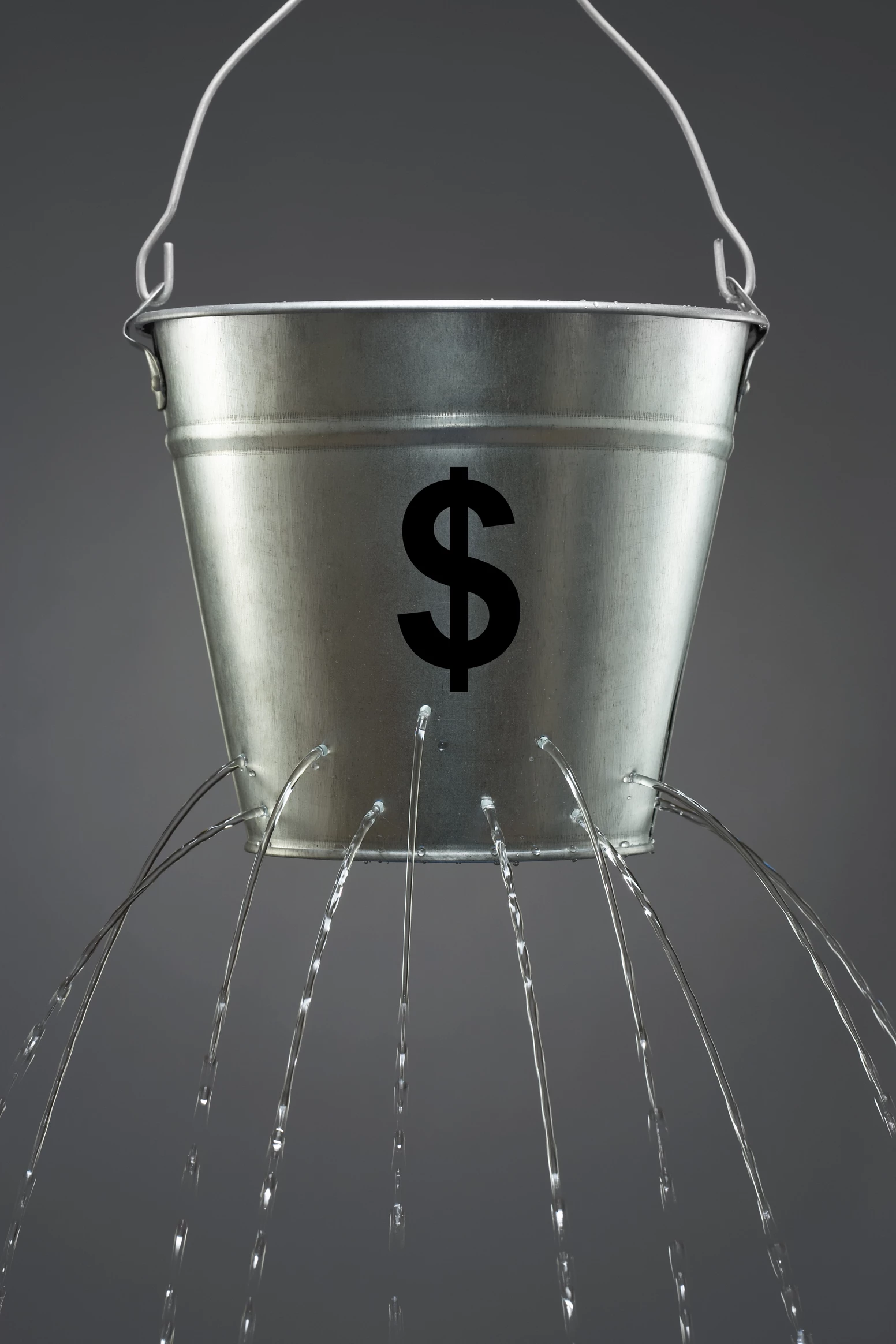
By Barry Fisher on KPRL Radio
When it comes to long-term care planning, some folks choose to set aside substantial sums of cash in a “safe-money-sinking-fund” (CD’s, savings, money market accounts, bonds) as a hedge against the future cost of care. There are a number of reasons consumers pursue this strategy of self-insuring:
· They don’t think they’re ever going to need care.
· They’ve considered insurance but they think it’s too expensive or that they can’t medically qualify.
· They want to maintain control of their money and be able to pass on what’s left to their heirs.
These are all legitimate motives. However, with inflation heating-up, and returns on these self-insurance strategies lagging (.5% – 4% and taxable in most cases) how’s this strategy going to work out? I liken this to putting out a fire using a water bucket riddled with holes; not so well. But, you may have better options.
A Well-Kept Secret
The Pension Protection Act (PPA) of 2006 paved the way for some annuities to provide tax-free benefits for qualified long-term care. Generally speaking, when a qualified rider is part of a deferred annuity, benefits paid from the policy for long-term care are received tax-free. This includes your original deposit into the annuity and the gain realized over the years. Some of these PPA Annuities double or triple your money at time of claim, others can include continuation of benefit riders if your care requirements exhaust your annuity value after being on claim.
PPA Annuities generally rely on a simplified medical underwriting process in the form of knock-out questions, which means if you can answer “no” to a series of 8 to 10 questions, your approval is almost assured. Your deposit will be safe with an insurance company, you’ll have specific withdrawal provisions if you need access cash prior to needing care (this can impact your future long-term care benefits), and if you don’t need care or use your entire benefit, a named beneficiary can receive the value of the annuity at death, just like a savings account.
There is one more bit of good news if a PPA long-term care annuity is suitable for you. Many people currently own existing deferred annuities without any hedge for long-term care risk. They may have owned these annuities for years and accumulated earnings on a tax-deferred basis. If the policyholder chooses to pay for their care using these funds, they would be taxed on a last-in first-out (LIFO) basis, eroding much of their gains. An alternate strategy would be to exchange the current value of these older annuities (IRS Sec. 1035 Exchange) into one of the new plans that will provide additional benefits when care is needed. (Please note, care should be taken to consider surrender charges, if any, on the original annuity prior to any exchange. Additionally, this exchange would have to occur before the need for care is upon you.)
For those of us old enough to remember the 70s and early 80s, the inflation story is déjà vu’ all over again. The safe strategies of yesterday may no longer apply to current realities. Considerations include:
· Safety of principal.
· Current and future rates of return.
· Taxation that could be imposed on sinking funds while accumulating as well as upon liquidation to pay for care.
· The actual net “care dollars” created in your sinking fund when it’s needed.
It’s likely that inflation is with us to stay for some time. If a “safe-money-sinking-fund” is your long-term care plan, make sure it’s in a bucket that’s able to help you put out the fire.
For more information call or email me at (805) 635-7200 — [email protected]
